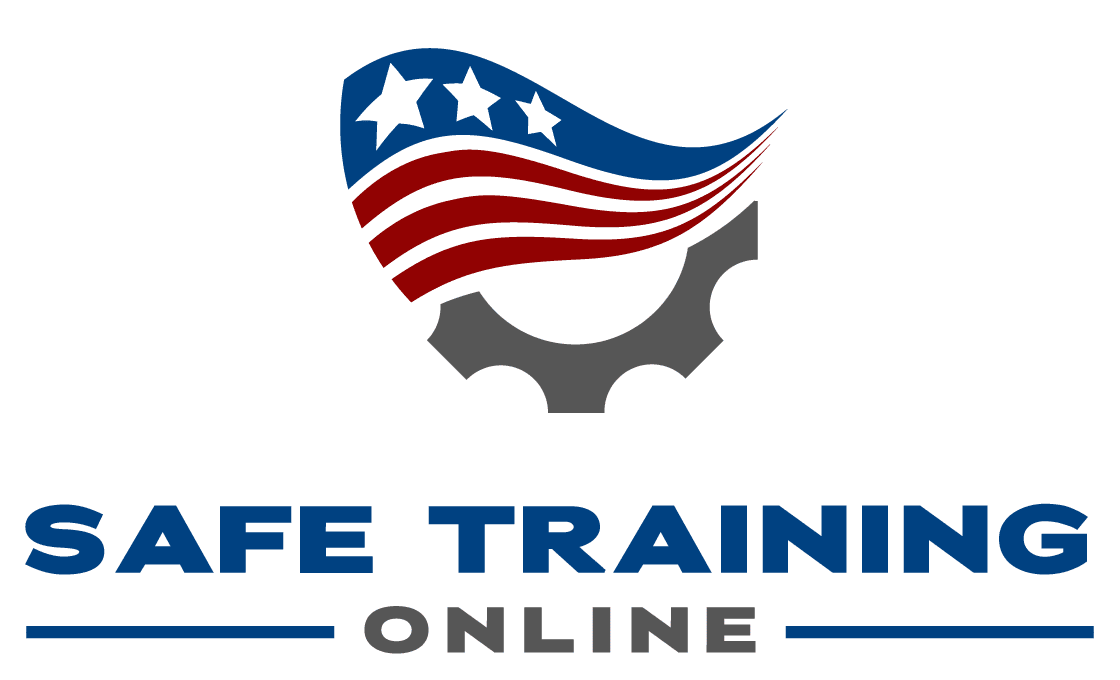Traffic Control Person
Flag Person Training
Any construction project that takes place on or alongside a public roadway may implement traffic control measures in order to keep its workers, as well as the general public, safe. Work site traffic control has four main objectives:
- To protect construction crews and the motoring public by regulating traffic flow
- To stop traffic whenever required by the progress of work, but otherwise keep traffic moving at reduced speeds to avoid tie-ups and delays
- To allow construction to proceed safely and efficiently, and
- To ensure that public traffic has priority over construction equipment
To accomplish this, many work sites employ workers called Flag Persons, Flaggers or Traffic Control
Persons who manually direct vehicle traffic using a STOP/SLOW sign and hand signals to prevent conflicts between workers, work zone activities, opposing road traffic, work vehicles, and pedestrians.
When working as a Traffic Control Person (TCP), there are several laws you must adhere to for your safety and the safety of those around you. While specific regulations differ between states, one requirement that never changes is that workers must be “competent” in any work they undertake.
A “competent worker” is anyone who:
- Is qualified to perform their assigned work safely because of knowledge, training, and experience
- Is familiar with the health and safety regulations of the state they work in, and
- Has knowledge of any potential or actual danger to health and safety in the workplace
It is the legal duty of employers to ensure their workers are competent in their assigned work.
You should consider a course that has been developed for workers that require the knowledge and skill to safely and competently perform the role of a TCP. Note that these courses do not replace any standards, codes, or regulatory requirements, and you must ensure you always use and apply the most current version of your state or federal health and safety laws.
Key topics should include:
- Traffic Control Requirements and Regulations
- TCP Roles and Responsibilities
- Safety Equipment and Devices
- Preparing for the Job, and
- Doing the Job
Upon successful completion of a course, it will be the responsibility of yourself and your employer to ensure that the role of a traffic control person is carried out in accordance with the requirements of your state or federal health and safety laws.
By the end of a TCP training course, you should be able to:
- Explain the important roles and responsibilities of Traffic Control Persons
- List and describe the various pieces of personal protective equipment required when working as a Traffic Control Person, and explain when and why they must be worn
- List and describe the various signs and other devices used in traffic control
- Explain the importance of pre-work planning and communication for job site safety, and how these are achieved
- Describe how to properly conduct a pre- and post-work inspection
- Explain what to look for when choosing a suitable Traffic Control Post
- Describe the steps and signals necessary for stopping and slowing traffic, and Explain what to do in the event of a problem or emergency
Note – your employer must provide site-specific training to workers to ensure they are aware of specific site hazards and how to control them.
Click here for more information on OSHA Traffic Control items
Click here for an online Traffic Control Person course
Flag Person Training
